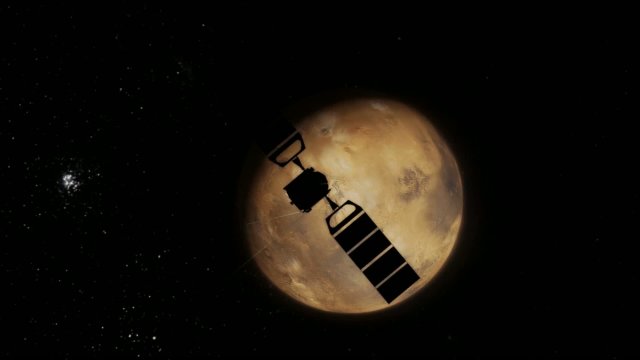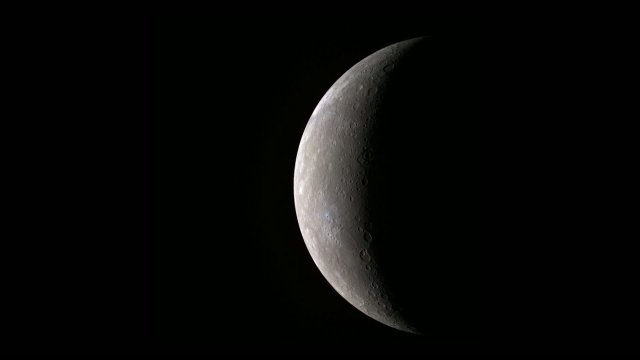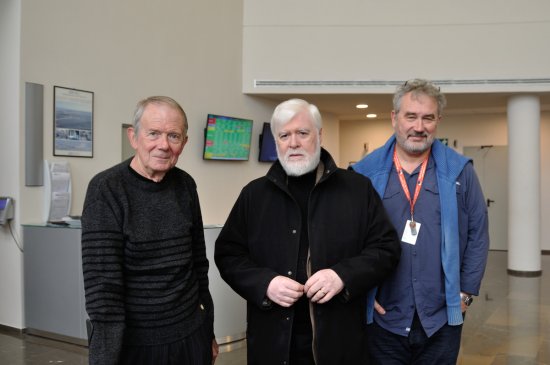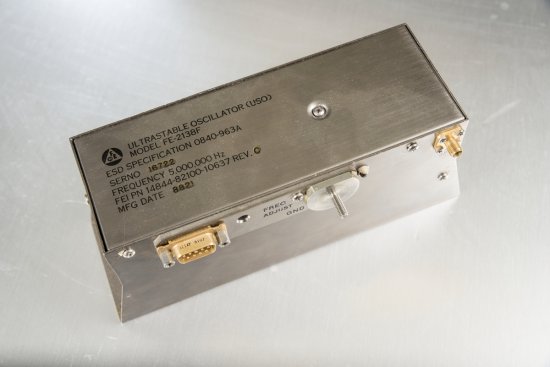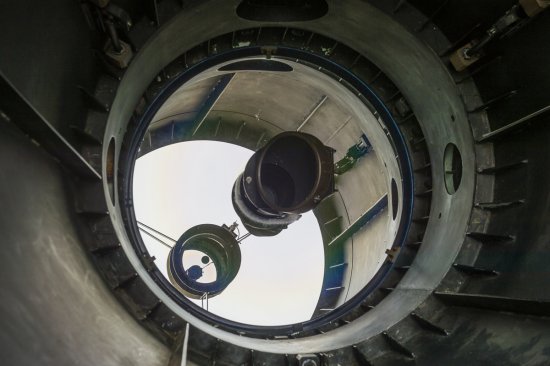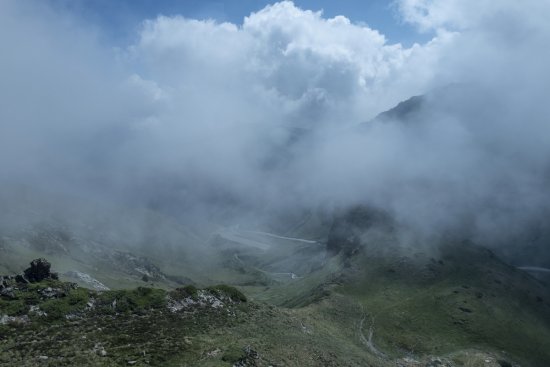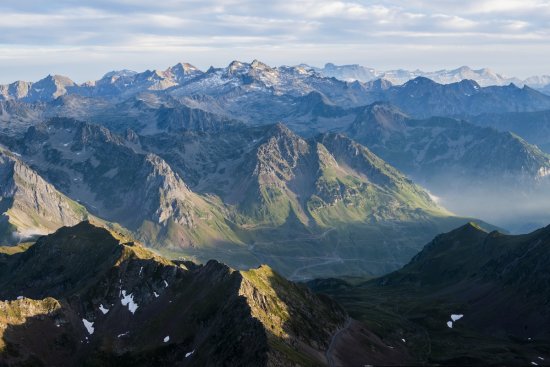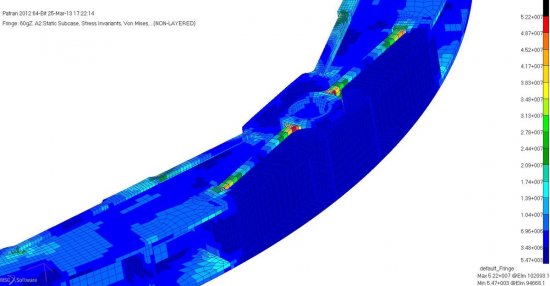Only available for non-commercial distribution
© CNRS - 2019
Reference
6752
Rosetta Mission
Series title
Facing the Universe, a Dive into Space ResearchIn 2004, the European Space Agency (ESA) launched the Rosetta mission. Its main objective is to analyse the composition of the nucleus of comet Churiumov-Guerasimenko in order to better understand the origin of water and life on Earth.
After a ten-year journey through the solar system, the Rosetta probe succeeded in the double feat of orbiting the comet and then depositing the lander named Philae on the comet's nucleus. Two years of in-orbit and in-situ observations and analyses of Churiumov-Guerasimenko followed until the end of the mission, when the Rosetta probe joined Philae and landed on the comet's surface.
Many French laboratories, including IAS, LESIA and LATMOS, were involved in the development of the instruments on board the probe and its lander.
Duration
Production year
Définition
Color
Sound
Version(s)
Original material
The use of media visible on the CNRS Images Platform can be granted on request. Any reproduction or representation is forbidden without prior authorization from CNRS Images (except for resources under Creative Commons license).
No modification of an image may be made without the prior consent of CNRS Images.
No use of an image for advertising purposes or distribution to a third party may be made without the prior agreement of CNRS Images.
For more information, please consult our general conditions
Transcription
